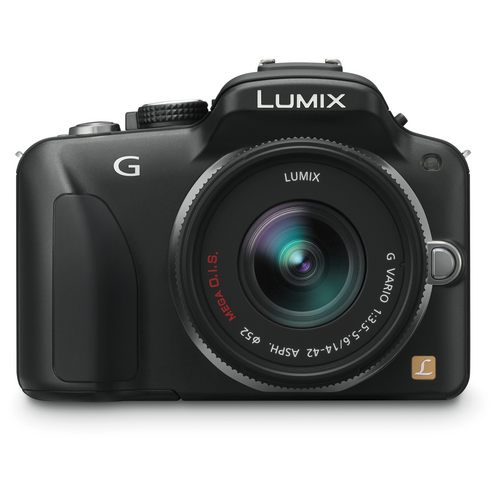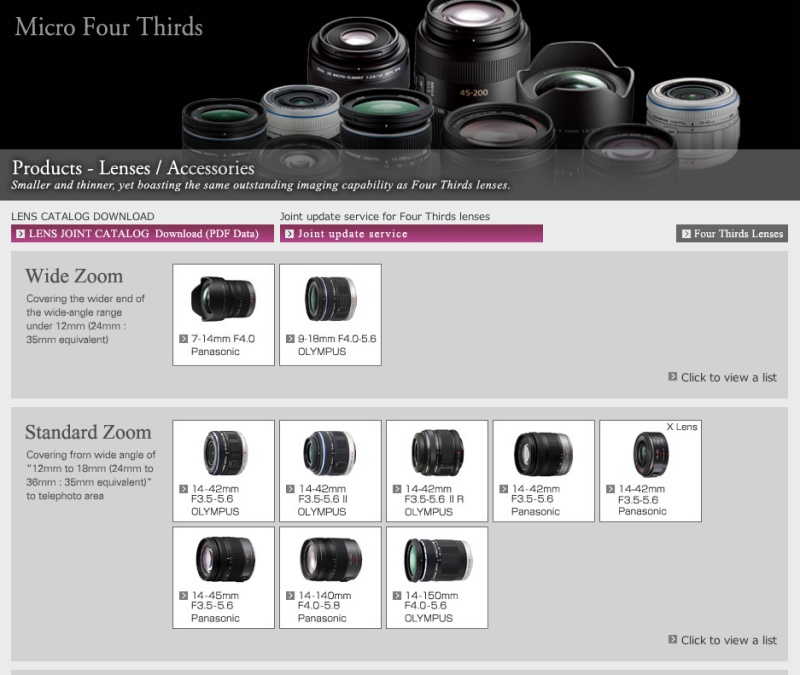Some things do not change.

The operating manual for the Panasonic G1 is 166 pages of useless. That for the G3 is in the same format but has shrunk to 56 pages, making it one third as useless. The completely useless long form 208 page version ships on the provided CD.
Click below to download the Panasonic G3 manual which I have placed on my server. Trying to find anything on Panny’s site is as futile as attempting to divine intelligence in government:
Click to download the Panasonic G3 manual
When my G3 arrives this evening, I’ll be setting it much along the lines of the G1; my street snapper settings appear here.
And if you want to read about touch screen this and movie that, go elsewhere. I’m a still photographer, a street snapper, and LCD screens simply have no utility value in those avocations. I never use the one in the G1 and the G3’s use will be no different. That will also help with battery life which has never been an issue for me in the G1. The G3’s battery is noticeably smaller, holding 19.2% less power. 500 shots on one 8gb SDHC card in the G1 (which holds 608 RAW snaps on the G1), is typical, as I do not use the battery draining LCD. Based on the larger RAW file sizes in the G3, I expect card capacity to fall to 456 shots and battery capacity to 491 shots. Not a problem.
The main focus of my comments on the G3 will be, in priority order:
- The sensor. Is it noticeably better?
- Operating speed. Is autofocus faster? What is the shutter lag like in real world snapping?
- Ergonomics. Does the smaller body hamper handling?
- Shutter noise. Is it quieter than the already quiet G1?
Looking at that largely useless manual, the layout of the various menus seems much the same as that in the G1. Good. One less thing to learn before wringing it out on the streets.
In its two years of intensive use I have made 14,275 snaps on the G1, of which 3,234 survived the cull, according to Lightroom3, a 23% retention rate. If the G3 works out, the G1 will pass to our 9 year old son, and will also do duty as a backup. Wish I had had a dad like me ….
RAW processing:
I only use RAW in the G1. LR3 makes it invisible and I retain the best file quality in that way. Converting to a small JPG for the web, using LR3, is easy. Unfortunately, at the time of writing, Adobe has yet to update Photoshop or Lightroom (I’m on 3.4.1) to read G3 RAW files (Apple’s Aperture does not support G3 either), so I will likely have to use Panasonic’s provided SilkyPix as a RAW conversion tool and then import the (lossless) TIFF files into LR3. A bit of a pain, but I’m not willing to process in SilkyPix as I like the idea of one LR database for all my files and am very comfortable with the LR3 processing flow.
MFT lens range:
Click the picture to see the large range of MFT lenses now available:

Click the picture to see the full range of 26 MFT lenses available.
Part IV is here.